Miniature Pinschers are compact, muscular dogs that are lively and require proper nutrition to maintain their health and vitality. Feeding a Min Pin is not just about the quantity of the food but also the quality and calorie density. These factors are vital in determining how much your canine companion needs. It’s important to remember that overfeeding can lead to obesity, which can cause health problems for this active breed.
1. Understanding the Nutritional Needs of Miniature Pinschers
Miniature Pinschers require a balanced diet rich in protein to support their muscle mass, with fats for energy and various vitamins and minerals for overall health. A puppy Min Pin has different nutritional requirements than an adult, so their diet will evolve as they grow. A diet tailored for small breeds is often suitable for Min Pins, as it’s formulated with the appropriate nutrient profile for their size and metabolic rate.
2. Determining the Right Amount of Food
The amount of food a Miniature Pinscher needs depends on their age, weight, activity level, and metabolism. On average, an adult Min Pin weighs between 8 to 10 pounds and typically requires around 40 calories per pound of body weight per day. This means an average adult Min Pin needs about 320 to 400 calories per day. Puppies, which are growing and typically more active, may need more calories, possibly up to 50 calories per pound of body weight.
Here’s a general guideline to help you start:
- Puppies (up to 6 months old): 1/2 to 1 cup of food spread over three meals a day.
- Adults (over 6 months old): 1/4 to 3/4 cups of food divided into two meals a day.
These amounts can vary depending on the dog’s activity level. A highly active adult Miniature Pinscher might need the higher end of the range, while a more sedentary one might require less.
3. The Role of Calories in Your Min Pin’s Diet
It’s not just the volume of the food but the calories it contains that matter. Dog foods vary widely in caloric density. For example, some premium brands might have more calories per cup than others. Always check the packaging for calorie information and adjust your dog’s portion size accordingly. If the food is more calorie-dense, you’ll need to feed less in terms of volume to avoid weight gain.
4. Adjusting Food Amounts for Your Dog’s Lifestyle
An active Miniature Pinscher who regularly competes in dog sports or engages in other vigorous activities will require more calories than a dog with a more sedentary lifestyle. Conversely, if your Min Pin is less active, perhaps due to aging or a decrease in regular exercise, their caloric intake should be reduced to prevent obesity.
5. Special Dietary Considerations
Miniature Pinschers, like all dogs, can be prone to certain health issues that may be managed or mitigated through diet. For instance, some Min Pins might develop dental issues, so a diet that includes dry kibble that can help clean teeth may be beneficial. Always consult with your veterinarian to determine if your Mini Pin has any special dietary needs.
6. Treats and Extras
While treats can be an important aid in training, they should be given sparingly. Treats should make up no more than 10% of your Miniature Pinscher’s total caloric intake to avoid overfeeding.
7. The Importance of Regular Weight Checks
Regular weigh-ins are important to ensure your Miniature Pinscher is maintaining a healthy weight. Adjust food portions as necessary if you notice weight gain or loss. Your vet can help you determine the ideal weight for your individual dog.
8. What About Commercial Dog Foods?
When it comes to commercial dog foods, you will find a range of options, from budget-friendly to premium brands. Budget-friendly options might cost less, but they may also be less calorie-dense and nutritionally balanced, leading you to feed more. Premium brands often offer higher quality ingredients and are more calorie-dense, requiring smaller feeding amounts.
9. Homemade Diets
Some owners opt for homemade diets. While this can be a healthy option, it’s essential to consult with a veterinary nutritionist to ensure that your Miniature Pinscher’s dietary needs are met.
10. Estimating Monthly Feeding Costs
To estimate the monthly cost of feeding a Miniature Pinscher, we first need to consider the type of food you’re planning to provide.
- Economy brand: On average, an economy brand may cost about $1 per pound, and if an adult Min Pin eats about 1/2 cup (approximately 0.25 pounds) per day, this can equate to about $7.50 per month.
- Premium brand: Premium dog foods can cost upwards of $3 per pound. Using the same daily amount, the monthly cost would be about $22.50.
Keep in mind these are rough estimates, and actual costs can vary based on regional prices, where you shop, and the specific products you choose.
11. Feeding for Health and Longevity
The ultimate goal in feeding your Miniature Pinscher is to support their health and longevity. A balanced, appropriate diet is a key factor in achieving this goal. It’s also important to engage regularly with your veterinarian to tailor your Min Pin’s diet as needed, especially as they age or if health issues arise.
Our 5 Top Foods for Miniature Pinschers
The diets were selected by our founder Justin Palmer, a certified canine nutrition expert, specifically with Miniature Pinschers in mind:
| Food | Pros | Cons |
|---|---|---|
|
|
|
|
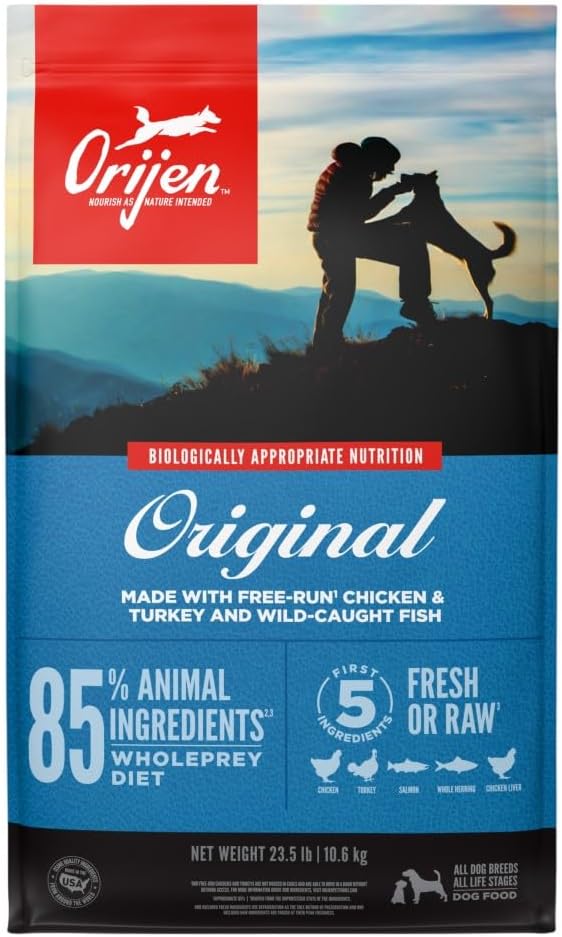
Check Today's Price on: |
|
|
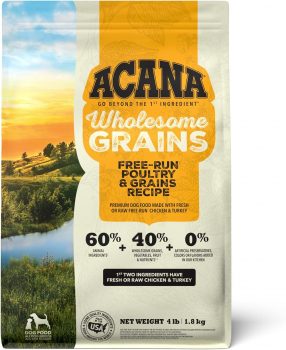
Check Today's Price on: |
|
|
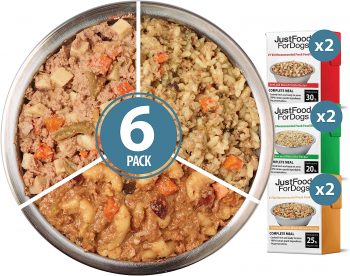
Check Today's Price on: |
|
|
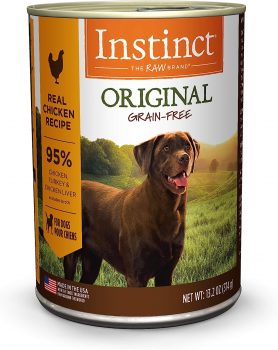
Check Today's Price on: |
|
|
Conclusion
Feeding your Miniature Pinscher the right amount is crucial for their health and well-being. It’s a delicate balance that considers their energy needs, activity level, and the caloric content of their food. Monthly costs can vary significantly based on the quality of food you choose, but investing in good-quality dog food can contribute to better health and potentially lower veterinary bills in the long run. Always monitor your dog’s weight and consult with your veterinarian to ensure your Miniature Pinscher is on the right track for a happy, healthy life.
Frequently Asked Questions About Feeding a Miniature Pinscher
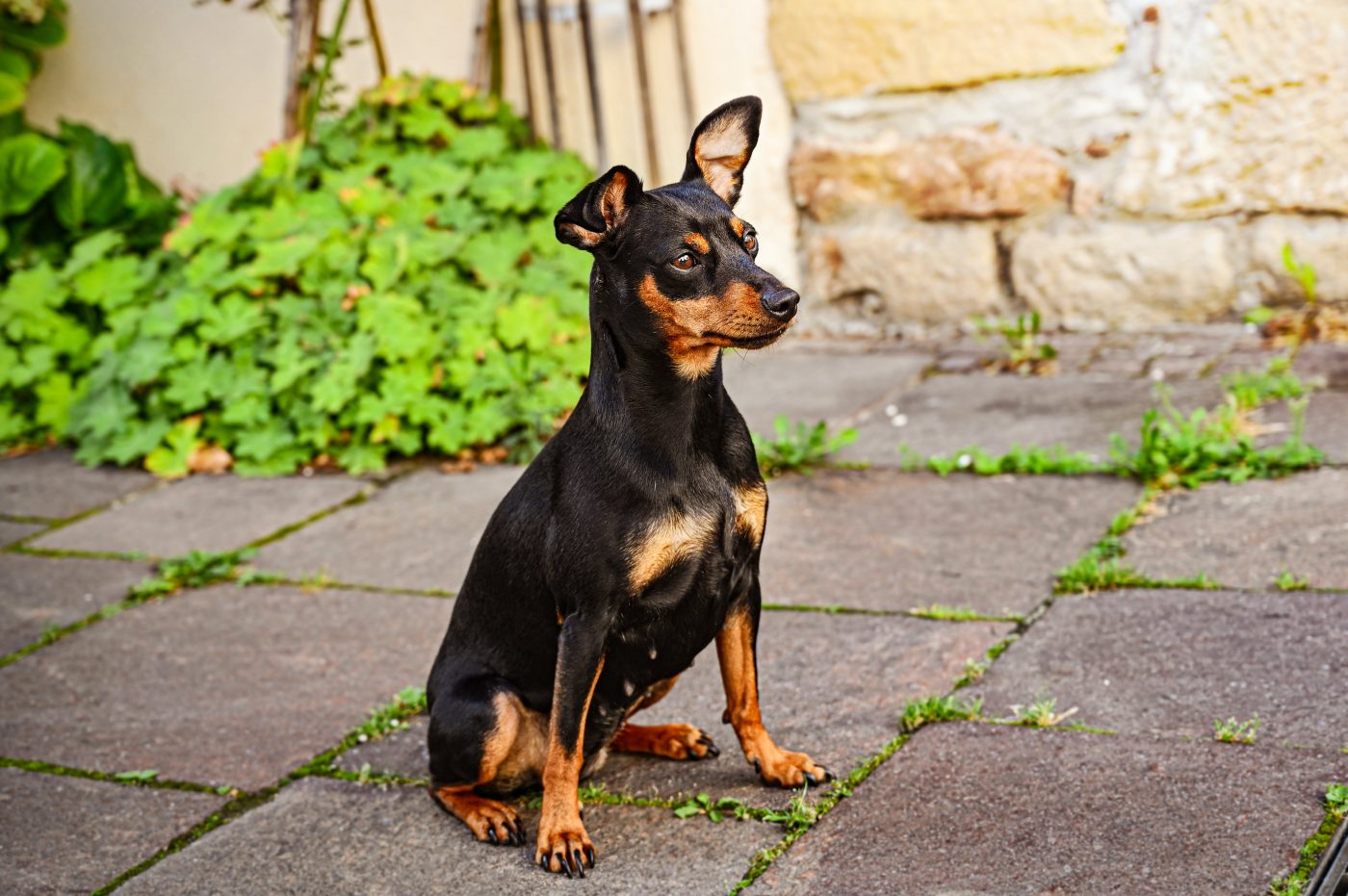
1. How many times a day should I feed my Miniature Pinscher?
Adult Miniature Pinschers typically require two meals per day. Puppies, on the other hand, should be fed three times a day until they are six months old. It’s important to establish a regular feeding schedule to promote digestive health and prevent overeating.
2. Can Miniature Pinschers eat dry food or do they need wet food?
Miniature Pinschers can eat both dry and wet food. Dry food is beneficial for their dental health as it helps reduce tartar build-up. Some owners mix wet food with dry kibble to enhance palatability and moisture intake.
3. How much water should a Miniature Pinscher drink each day?
A Miniature Pinscher should have access to fresh water at all times. The general rule of thumb is that dogs should drink approximately one ounce of water per pound of body weight per day. However, individual needs can vary based on activity level and diet.
4. What should I do if my Miniature Pinscher is a picky eater?
For a picky Miniature Pinscher, try varying their diet slightly with different flavors or textures. Ensure that the food is fresh and of high quality. Avoid frequently changing their diet, as this can cause digestive issues and reinforce picky behavior.
5. How can I tell if I’m feeding my Miniature Pinscher enough?
Monitor your Miniature Pinscher’s weight and body condition regularly. You should be able to feel their ribs but not see them. If they seem sluggish or are gaining excess weight, adjust their food intake accordingly and consult with a veterinarian.
6. Are there any foods I should avoid giving my Miniature Pinscher?
Avoid foods that are toxic to dogs, such as chocolate, grapes, onions, and xylitol-containing products. Also, steer clear of fatty and salty foods, which can lead to obesity and other health issues.
7. Is it okay to give my Miniature Pinscher table scraps?
Feeding your Miniature Pinscher table scraps is not recommended. Many human foods are not suitable for dogs and can disrupt their diet balance, lead to weight gain, or cause digestive upset.
8. How should I transition my Miniature Pinscher to a new food?
Transition your Miniature Pinscher to a new food gradually over the course of a week. Start by mixing a small amount of the new food with their current food, and slowly increase the proportion of the new food while decreasing the old food to prevent digestive upset.
9. Do Miniature Pinschers have special dietary needs as they age?
As Miniature Pinschers age, their metabolic rate can slow down, and they may become less active. Senior Min Pins may require fewer calories and could benefit from a diet formulated for senior dogs that is lower in calories and fat, yet rich in fiber and specific nutrients.
10. What supplements should I consider for my Miniature Pinscher?
Most Miniature Pinschers will not need supplements if they are on a well-balanced diet. However, some may benefit from supplements like glucosamine for joint health, especially in their senior years. Always consult with a veterinarian before adding supplements to your dog’s diet.
 Check Today's Price on:
Check Today's Price on: Toledo, United States.
Toledo, United States.